Local Area & Region Information
Our village of Lozay is a rural municipality in the canton of Loulay, with 150 inhabitants and is located 3 km from the capital of the canton. The town enjoys a privileged location, close to both the sea (La Rochelle, Royan and the islands of Ré, Aix and Oléron), but also to cities of art and history (Saintes, Rochefort) and the Cognac region. The heritage village has a fortified 12th century church listed as a historical monument and several lavoirs to discover (Basse Rues, Puy Bardon, Blouc).
Close to Lozay is the Jardin de Sculptures, the Romane Sculpture Gardens, it is also a rest area on the A10. The Gardens are a fabulous outdoor museum presenting an exciting journey of the most beautiful saintongeaise sculpture. Very pleasant walks can be taken in the Essouvert woods that lie 1.5 km outside the village.
Loulay is located about 56 km east of La Rochelle and 35 km south of Niort and lies on a hill 55 meters above where the Trézence (tributary of the Boutonne) rises. The Gateway of Saintonge, after the great plain of Niort, Loulay has always been a resting place for travellers and many who have rested have returned over and over again. The main route into Loulay is the RD 150 which runs parallel to the A10 Autoroute and SNCF railway from Niort to St Jean d'Angely. Loulay is primarily a rural center with small shops and services essential to daily life as well as the weekly Friday market.
After ten minutes drive you will find Saint-Jean d'Angely which is now home to a vibrant and bustling town centre, with a twice-weekly market (on Saturdays and Wednesdays). There is also a swimming and fitness centre, Atlantys. The Centre of European Culture at Saint-Jean-d'Angély, created in 1989 as a joint initiative taken by the Minister of Culture, the town of Saint-Jean-d'Angély, the regional council of Poitou-Charentes and the council of Charente-Maritime, has hosted multinational sessions focused on European culture and citizenship that are dedicated to youngsters sixteen to nineteen years, coming from all European countries. Most striking as you approach the town from all directions is the Royal Abbey. Founded in the ninth century to house a relic of Saint John the Baptist, and rebuilt in the 14th, 17th and 18th centuries because of repeated destruction, then later abandoned, the Abbey is now a listed building. It remains the most remarkable piece of architecture of Saint-Jean-d'Angély, a town which has kept all its medieval charm. Situated on the pilgrim route that led to Santiago de Compostela the edifice still constitutes a major stopping-off point towards Santiago de Compostela. Since 1989, the Royal Abbey has housed the Centre of European Culture, which has breathed new life into the Abbey by restoring it as a historical and cultural site and as a place for the exchange of ideas. From 1989 to 1997, the restoration of the monastic buildings has been carried out according to the needs of the Centre of European Culture, with an emphasis placed on accommodation, catering, as well as rooms for conferences, reunions and workshops. The Centre has been at the forefront of the revitalization of the building, to such a point that today the Centre and the Abbey have been linked in the minds of the residents.
Click on the links below to take a tour of the beautiful region we live in of the Charente-Maritime and also information of whats on, where to eat, where to visit
Charente Maritime Tourist Information
The link below provides more information on our historical area, the Saintonge which is a former province of France, the capital city was Saintes and other principal towns include Saint-Jean-d'Angély, Jonzac, Frontenay-Rohan-Rohan, Royan, Marennes, Pons, and Barbezieux-Saint-Hilaire. The borders of the province slightly shifted through history but extended into Cognac, traditionally part of Angoumois, and to the parishes of Braud-et-Saint-Louis and Étauliers, part of the Pays Gabay on the right bank of the Gironde River. Nowadays, 4⁄5 of the historical Saintonge province occupies the modern département of Charente-Maritime, 1⁄5 lies in Charente, and a small section extends north into Deux-Sèvres, all within the administrative region of Poitou-Charentes. The province derives its name from the Santones, an ancient Gallic tribe that once inhabited the area. Saintonge was part of the Roman province of Gallia Aquitania, and Saintes became its first capital. The region fell under the control of the kings and dukes of Aquitaine, the counts of Anjou, then the counts of Poitiers, before becoming integrated in the new Duchy of Aquitaine for centuries.
Trésors de Saintonge (Treasures of the Saintonge)
Around the region there are many weekly and monthly markets and fairs, see link below for all information
http://www.larochelle.cci.fr/uploads/media_items/guide-des-foires-et-marches-en-charente-maritime.original.pdf
http://www.foiresetmarches.com/evenement/poitoucharentes/charente/agenda.html
Also many other beautiful places to visit including chateau's, zoo's, theme parks (Futuroscope).
http://www.en-charente-maritime.com/
http://en.futuroscope.com/
http://www.larochecourbon.fr/en
For the sporting types, each year the Motocross world championships are held at St Jean d'Angely, if you are a golfer there is courses at Saintes, Niort, Royan, Ile de Oleron and La Rochelle and if you are a fisherman there are endless places to fish day and night on the numerous lakes and rivers around the region. If you like a little excitement then there are go karting tracks at Saint Jean d'Angely, Saintes, Niort and water skiing on the Charente at Tailleborg
http://www.golfclubniort.fr/
http://golf.ville-saintes.fr/
http://www.golfderoyan.com/
http://www.golfy.fr/fr/les-golfs-et-hotels-du-reseau-golfy/147-golf-d-oleron
http://www.golflarochelle.fr/
http://www.peche17.org/page/accueil.php



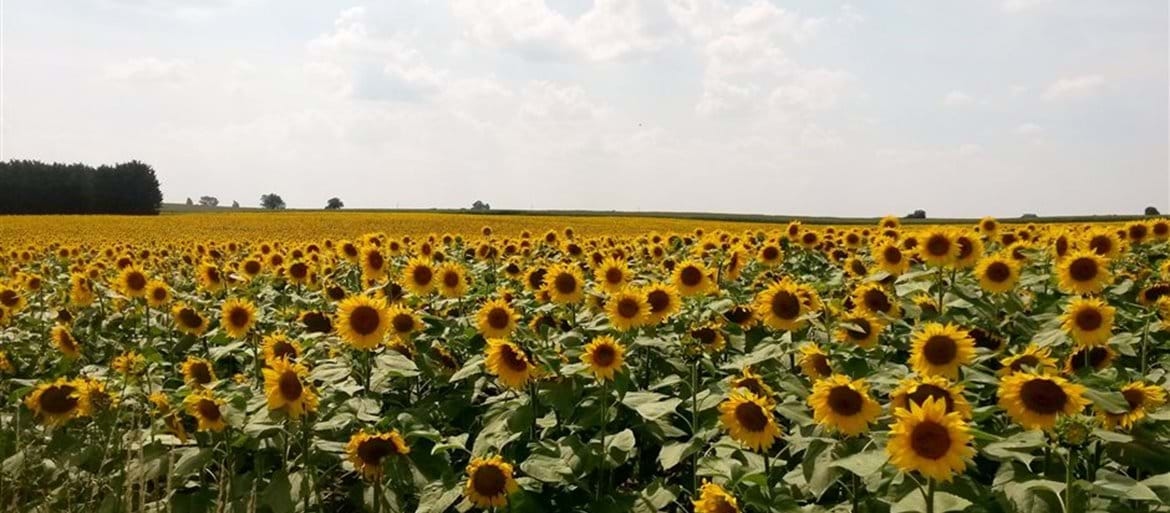








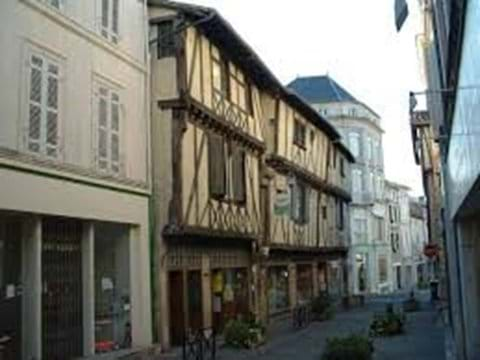

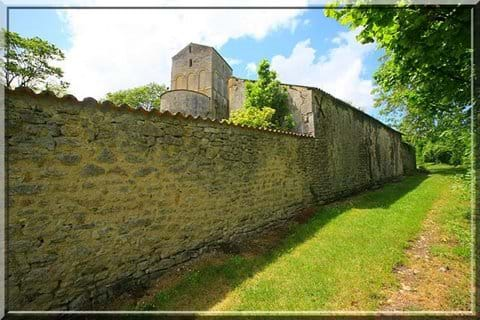
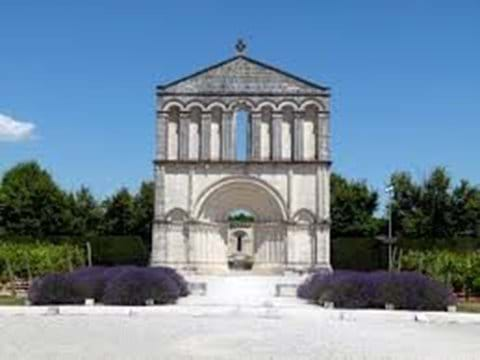
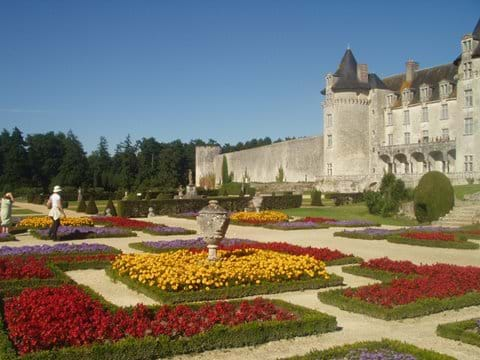
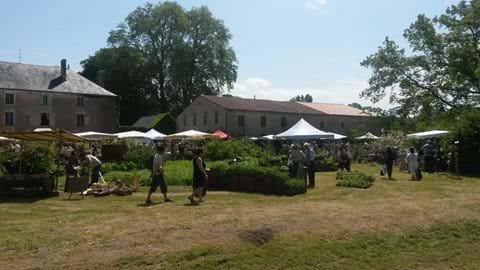
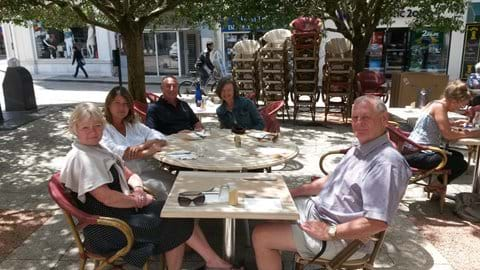
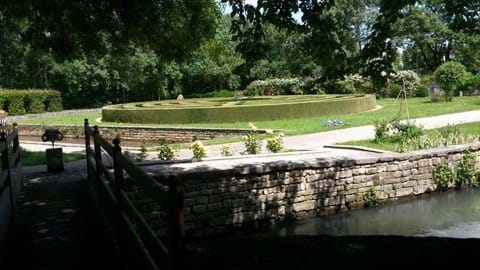
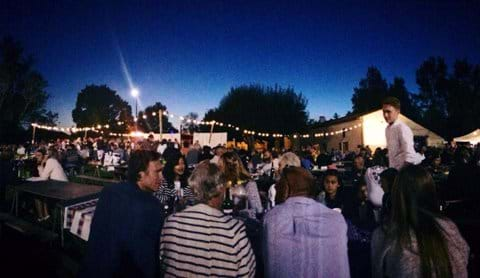
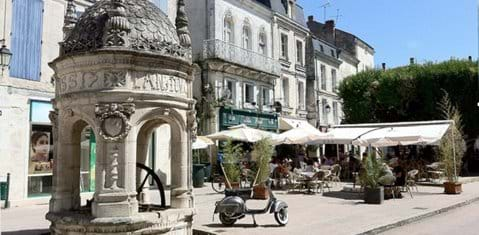

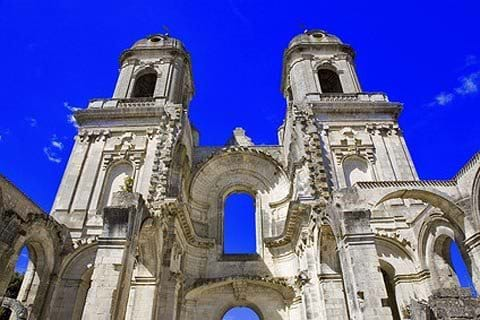
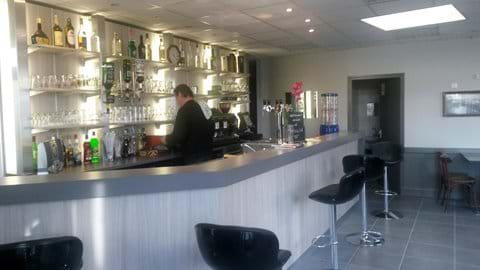



Read more comments →